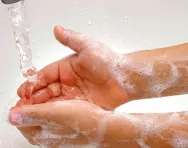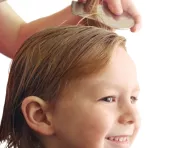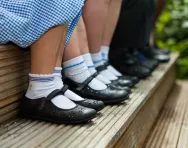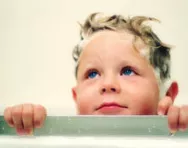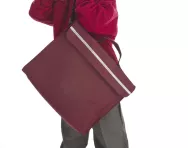Important update from TheSchoolRun
For the past 13 years, TheSchoolRun has been run by a small team of mums working from home, dedicated to providing quality educational resources to primary school parents. Unfortunately, rising supplier costs and falling revenue have made it impossible for us to continue operating, and we’ve had to make the difficult decision to close. The good news: We’ve arranged for another educational provider to take over many of our resources. These will be hosted on a new portal, where the content will be updated and expanded to support your child’s learning.
What this means for subscribers:
- Your subscription is still active, and for now, you can keep using the website as normal — just log in with your usual details to access all our articles and resources*.
- In a few months, all resources will move to the new portal. You’ll continue to have access there until your subscription ends. We’ll send you full details nearer the time.
- As a thank you for your support, we’ll also be sending you 16 primary school eBooks (worth £108.84) to download and keep.
A few changes to be aware of:
- The Learning Journey weekly email has ended, but your child’s plan will still be updated on your dashboard each Monday. Just log in to see the recommended worksheets.
- The 11+ weekly emails have now ended. We sent you all the remaining emails in the series at the end of March — please check your inbox (and spam folder) if you haven’t seen them. You can also follow the full programme here: 11+ Learning Journey.
If you have any questions, please contact us at [email protected]. Thank you for being part of our journey it’s been a privilege to support your family’s learning.
*If you need to reset your password, it will still work as usual. Please check your spam folder if the reset email doesn’t appear in your inbox.
Heads up on headlice
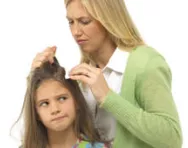
What are headlice and how do you get them?
Headlice are not harmful but they do itch: they are wingless, six-legged insects that feed on blood in the scalp. Newly hatched, they are grey-brown and the size of a pinhead. In 10 days they grow to size of a sesame seed and can then reproduce. Eggs (nits) are translucent greyish specks and take seven days to hatch. Numbers grow quickly without treatment.
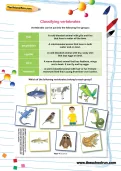
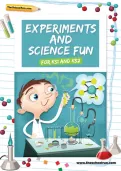
Download fantastic science resources today!
- Experiments And Science Fun pack
- Science Learning Programme for each school year
- All the instructions, questions and information you need
Headlice are spread only from direct head to head contact with someone who has them. A long-term infestation can have similar symptoms to low-grade flu.
Around 1 in 8 primary school children have head lice at any one time.
Spotting head lice
Checking your family’s hair regularly is essential. Use a good quality, plastic detection comb with rigid teeth no more than 0.3mm apart, rather than your fingers.
Check freshly-washed hair, as lice become inactive in water, and a conditioner can ease combing. Distract your child with a book or TV. Check the back of the neck, top of the head, under the fringe, behind the ears and close to the scalp.
Empty shells stay glued to the hair, standing out as white oval specks. Only seek treatment if you find live insects, not empty eggs shells.
Treating headlice
‘Nit nurses’ no longer exist. Parents must take charge and check all their family’s hair on a regular basis, seeking immediate treatment if lice are found.
One kind of treatment is to use a pesticide lotion or liquids. Follow directions very carefully and do not use more than three times in a row. Unfortunately, these can be ineffective as lice have built up a resistance to many and some parents are reluctant to expose their children to insecticides.
Lice have not built up a resistance to non–pesticide treatments. One example is Hedrin 4%, which uses odourless silicone to coat lice, effectively smothering them. Silicones do not produce fumes or get absorbed by the skin so can be used by asthmatics and on young children.
The other option is to use wet combing to remove lice by hand. This takes patience and needs to be done twice a week for at least a fortnight; it's also easy to miss a few.


